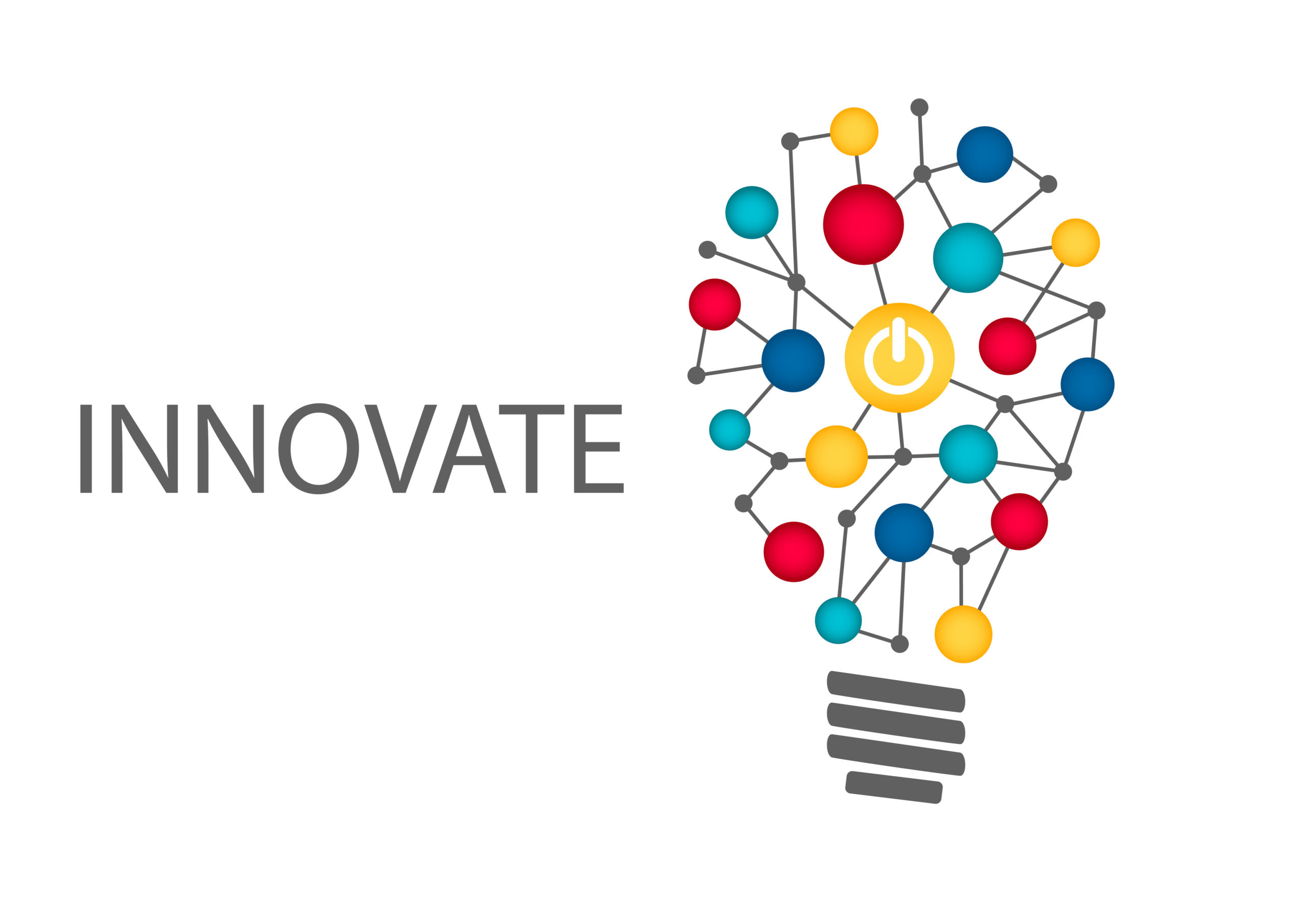In the last two years, we have witnessed the accelerated migration of organizations and consumers to digital platforms and services. This resulted in the growth of digital transactions in shopping, payments, logistics and others.
The recent easing of restrictions, however, has propelled consumer yearning for physical buying experiences. E-commerce firm Shopify observed last year that consumers were “hungry for in-person shopping experiences” after the pandemic. Also, consumers and buyers are looking for seamless experiences across physical and online channels.
These have forced companies to tweak their product and service offerings to suit changes in buyer behaviors. That’s why in recent months, we have seen a noticeable increase in product and service innovation initiatives across organizations.
In our consulting work, we define product innovation as the creation, modification and subsequent introduction of a product or service that is either new or an improved version of a previous product or service.
The challenge for many organizations is how to execute this. Innovation is viewed by many as requiring creative thinking and long hours of brainstorming to come up with fresh ideas. Fortunately, there is a methodology that organizations can follow.
In our consulting work, we follow an eight-step process of innovating a product or service.
The first step is identifying your customer personas. These are characters created to represent the different user types within your targeted demographic, attitude, and/or behavior set that might use your products and services. The strongest customer personas are based on market research done through surveys, interviews or data analytics.
A method we employ is empathy interviews. These are one-on-one conversations that use open-ended questions to draw out stories about specific experiences that help reveal unrecognized needs. They focus on the emotional and subconscious aspects of the persona to uncover insights on how customers behave in given environments and situations.
With interview insights and data in hand, the second step is to create an empathy map. This is an elaborate visualization of what the customer persona hears, sees, says, does, thinks and feels. It also outlines the “pains” the customer is experiencing as we as the “gains” he or she desires. This visual map provides a telescopic view of the emotional state of the persona, which can be used to derive insights that answer “why” the persona is behaving this way.
The third step is identifying the jobs-to-be-done (JTBD) for each persona. This is an approach propounded by innovation guru Clayton Christensen that aims to uncover the customer persona’s specific goals or “job” for using a product or service and the thought processes that would lead that customer to “hire” or “buy” a product to complete the job.
It uncovers three levels of customer needs: functional (the logical reason why the product is “hired”), personal (emotional need relating to the customer, e.g. to feel safe) and social (emotional need relating to how the customer is seen by others such as being seen as a value buyer).
The fourth step is creating a customer journey map for each persona. This is a diagram that illustrates the steps customers go through in engaging with a company, product or service. It is where detailed customer activities are identified with corresponding JTBD, goals and experiences. Using the empathy interviews and empathy maps, the experiences are then rated if they are “happy,” neutral or “sad.”
The fifth step is identifying the problem statements for all neutral and sad experiences, which present opportunities to innovate the product or service. Happy experiences may also present opportunities to meet latent needs.
Step six is where the fun part begins: ideation. This is about generating as many unexpected and diverse possible solutions to the identified customer problem. We employ three approaches to ideation: brainstorming, using mental cues and Scamper.
A mental cue is a signal or visual that reminds your brain to activate a particular emotion, action or thought. Scamper, meanwhile, is an acronym for substitute, combine, adapt, modify, put to another use, eliminate and reverse — this is a lateral thinking technique in coming up with creative ideas.
The seventh step is prioritizing the ideas by rating two criteria: user value and effort by the organization. User value answers the following questions: Will the solution address the JTBD? Will it fit into the customers’ lives? Will they actually need and want it?
The organization, meanwhile, must answer the following: Is the technology needed to power the design solution available or within reach? Can the organization make it happen? How long will it take? Is it aligned to the priorities of the organization? The output of this step is a prioritized roadmap of innovation initiatives that can be implemented over time.
The last and eighth step is prototyping. This is done by creating a concrete embodiment of a concept to test the hypothesis of the innovative idea. We can do this through storyboarding, i.e. creating a narrative and visual of the new customer journey using the new product or service; and through wireframing, i.e. roughly drawing how an app will look like and what the customer experience will be.
This methodology has proven to be powerful in innovating products and services. Innovation need not be confined to creative organizations or individuals.
Originally published in The Manila Times, June 9, 2022
Tag/s:Business Transformation





